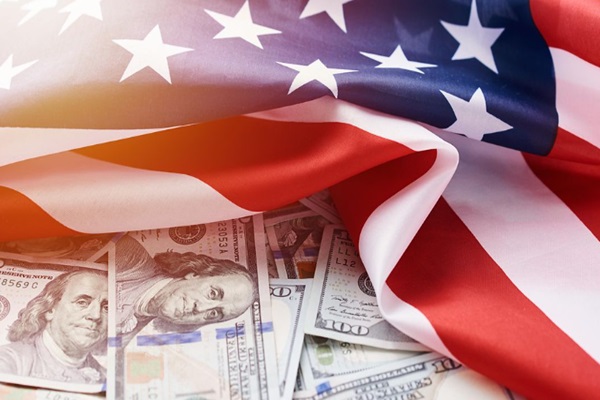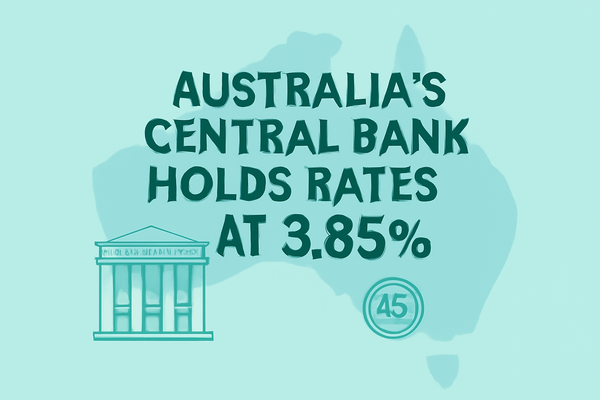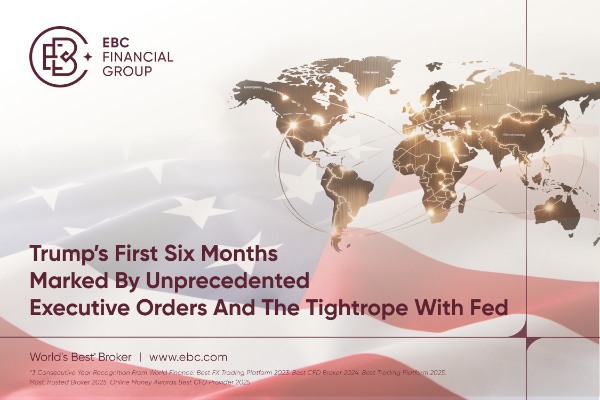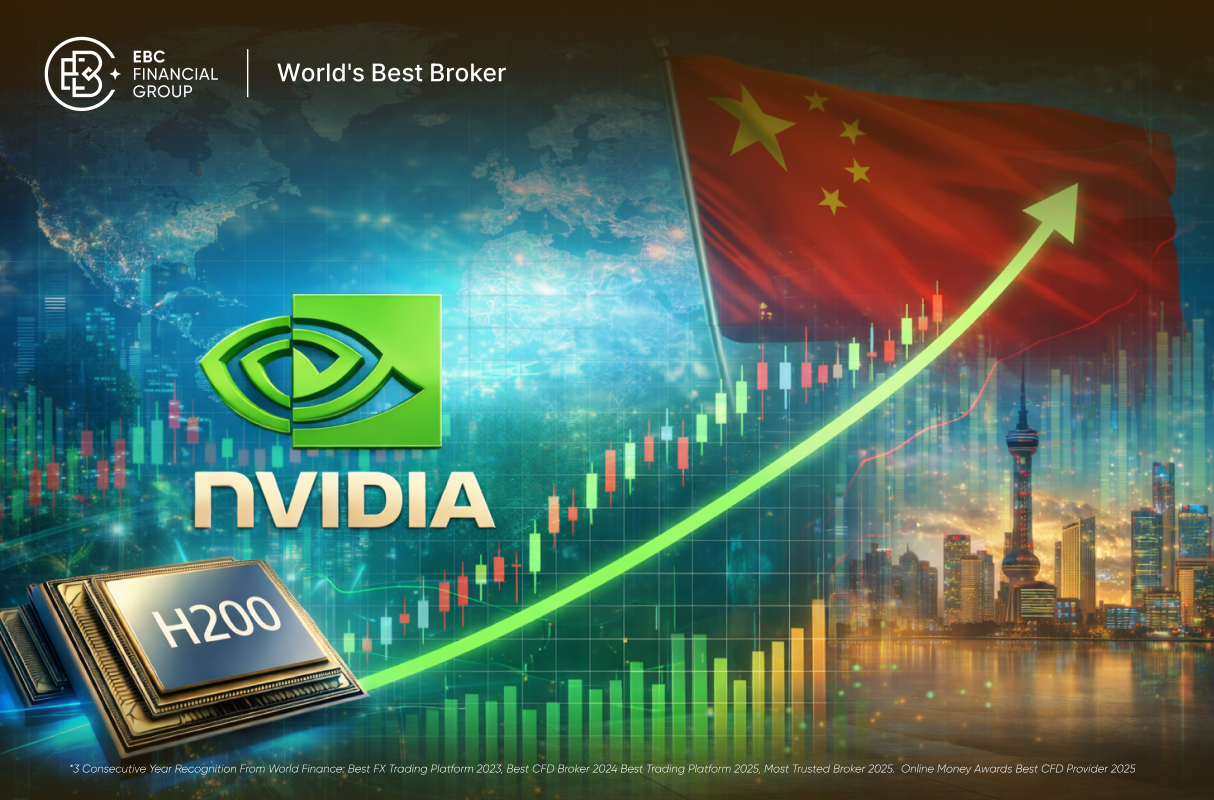Trump changed the face of U.S. global trade. With tariffs and renegotiating existing deals, he aimed to protect American jobs and industries. This article will look at tools like 301 and 232, the impact on China and Europe and the changes to the domestic economy.
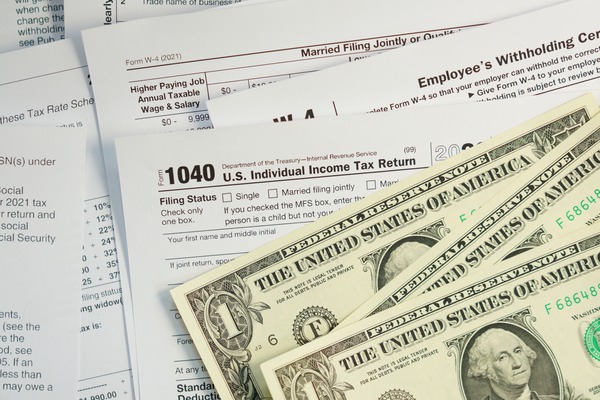
Trump's Tariff Strategy: A Review
Trump's trade policy was a big part of his administration, America First was the agenda. This meant prioritizing American interests in global trade, often at the expense of long-standing trade relationships and agreements. The goal was clear: to protect American industries and jobs by renegotiating trade deals and imposing tariffs on foreign imports that were seen as unfair to other countries.
Since 2016 the global trade landscape has become more fragmented, driven by complex geopolitics and geoeconomics. Trump's trade approach, tariffs and tough trade talks were a big part of this.
Let's dig in and see the tools and tactics of this trade era.
Tariff Tools
The Trump administration used various legislative tools to impose tariffs and change the global trade landscape to protect American interests.
These will give you a sense of the strategy and impact of the trade war.
301
301 was one of the main tools used by the Trump administration to impose tariffs. This section allowed the president to target China specifically, a big escalation in the trade war. The process started with an investigation by the Office of the U.S. Trade Representative to determine if foreign actions were unjustifiable or unreasonable and then tariffs would follow.
The tariffs under 301 started with $34 billion on Chinese goods on July 6, 2018 and then expanded to almost $60 billion. These were a big hit to the China trade and a key part of Trump's strategy to address what he saw as unfair trade practices.
232
232 was another key tool, focused on national security. Before tariffs under 232, the Department of Commerce would conduct an investigation to determine if imports threatened national security. This led to 25% tariffs on steel and 10% on aluminum, but later exemptions were granted to Canada and Mexico.
232 was meant to protect American industries and showed the administration using national security to justify trade actions. The exemptions granted to Canada and Mexico in May 2019 required them to monitor import surges, so the administration was being nuanced.

International Emergency Economic Powers Act (IEEPA)
IEEPA gave the president the power to regulate imports during a declared national emergency to address national security or economic threats. Trump used this to threaten tariffs on Mexican imports due to immigration.
Using IEEPA in trade policy was a big part of the Trump administration. Using national security issues to influence trade and enforce policies to protect American interests.
Major Trading Partners
Trump's trade policies changed the US relationships with its major trading partners. From China to Mexico and Canada and across the Atlantic to Europe the impact was big.
This section looks at the specific changes and challenges in each of these relationships.
China
The trade war with China was a big part of Trump's trade policy. 60% tariffs on Chinese goods were the centrepiece of this. These tariffs led to a big decline in imports from China, 20.4% in 2023 vs 2022.
The US-China tensions had a broad impact on trade. Sensitive technologies saw an increase in exports to China while imports of semiconductors from China declined 11% annually since 2017. This affected trade volumes supply chain and consumer behavior.
Geopolitical tensions, including the Russia-Ukraine conflict and China's partnership with Russia, made trade negotiations even more complicated. A second term for President-elect Trump could mean new tariffs and more trade disruptions with China.
Mexico and Canada
The replacement of NAFTA with USMCA changed the trade relationship with Mexico and Canada. The new deal was meant to improve trade and support critical sectors like supply chains for minerals and clean energy. USMCA is up for renewal in 2026 and that will mean more changes.
IEEPA was also used to impose tariffs on Mexico, showing the administration's use of national security in trade policy. This was part of a broader approach to managing North American trade, balancing tariffs with the evolving needs of the region.
Europe
Trade with Europe was marked by disputes covering 2% of total US-EU trade. The current trade deficit with Europe is $131.3 billion so there are big imbalances that are driving the negotiations and conflicts.
Trump's economic policies will continue to shape international trade and market interactions and policy adjustments. Looking ahead these will be important in determining future trade with Europe.
Domestic Economy
Trump's trade policies have affected the domestic economy, job losses, manufacturing changes and consumer prices.
Manufacturing
Manufacturing was a big part of Trump's trade policy. Section 301 led to a 13% decline in imports from China in the targeted product categories. Section 232 tariffs on steel and aluminum led to reduced imports and increased domestic production.
But the impact on manufacturing employment and wages was not as big as expected. Increased costs for domestic manufacturers made it harder to be competitive. Retaliatory tariffs disrupted the sector and businesses had to adjust their supply chain.
Looking for alternatives, US imports from Vietnam increased 152% from 2018 to 2020. This shows the broader impact of tariffs on manufacturing and the ongoing effort to offset cost increases.
Supply Chains
Trump's trade policies changed the supply chain dynamics. Tariffs on Chinese goods forced US companies to diversify away from China, shift supply chain dependencies. Manufacturers evaluated their supply chains to see where they were tariff vulnerable and this is what they found.
USMCA introduced new rules to support critical mineral supply chains. US manufacturing grew in Mexico as companies brought operations closer to home and manufacturing increased 17% from 2018 to 2020.
Inflationary Pressures
Tariffs on Chinese goods from 7.5% to 25% increased prices for US products and inflation. Studies say tariffs can add up to $2,400 per person per year and overall inflation will be about 1%.
Deutsche Bank Research says tariffs will have inflationary effects of 0.75% to 2.5% and will hit consumer prices across the board. Tariffs force companies to raise prices and consumer spending will be affected big time.

What's Next for Trump's Trade Policies
Looking ahead the future of Trump's trade policies is uncertain and will be watched closely. New tariffs, geopolitics and legislative changes will shape the next chapter of US trade policy.
New Tariffs
The Biden administration has kept Section 301 tariffs and increased rates on more Chinese goods, some of Trump's trade policy remains. Lighthizer says reshoring manufacturing and building domestic capacity are key parts of Trump's trade plan.
New tariffs are uncertain but will address imbalances and protect US industries. Aggressive trade policy will lead to more tariffs based on trade negotiations and economic priorities.
Geopolitics
Geopolitics, international conflicts and alliances will shape future trade negotiations and tariff policy. The Russia-Ukraine war and Middle East conflicts will impact Trump’s future trade.
The US-China trade relationship will impact European markets particularly in technology and investment flows. Changing geopolitics will require US trade policy to adapt and manage global economic consequences.
Legislative and Regulatory Changes
Trump's trade policy has two rules: Buy American, Hire American. This focus on domestic production and employment will continue to shape future trade policy and regulations.
Key players like Peter Navarro have been influential in trade policy and are skeptical of trade deals that don't serve US interests. As Senior Counselor for Trade and Manufacturing Navarro will be key in shaping tariff regulation changes.
Quotes from the Players
Quotes from the key players in Trump's trade policy give us a better view. Robert Lighthizer, Trump's trade rep says existing trade agreements from Trump's first term will make future tariff implementation and trade negotiations complicated. He says the geopolitics, including the Russia-Ukraine war will impact future trade policy.
Experts say Trump's second term will be more of the first term in trade actions, tariffs phased in based on negotiations not immediate application. This approach shows how important it is to understand the broader geopolitics and economic context in US trade policy.
Conclusion
Trump's trade policy has left a permanent scar on global trade and the US economy. From tariffs to protect American industries to the geopolitics that shaped trade negotiations, Trump's trade policy was big bold and controversial. The impact on manufacturing, supply chains and inflation was big and mixed.
Looking ahead the new tariffs, geopolitics and legislative changes will continue to shape US trade policy. Understanding the lessons from the first term and quotes from the players will be key to navigating the tariff policy chaos. The road ahead will be tough and critical for global economic stability and national interests.
Disclaimer: This material is for general information purposes only and is not intended as (and should not be considered to be) financial, investment or other advice on which reliance should be placed. No opinion given in the material constitutes a recommendation by EBC or the author that any particular investment, security, transaction or investment strategy is suitable for any specific person.














